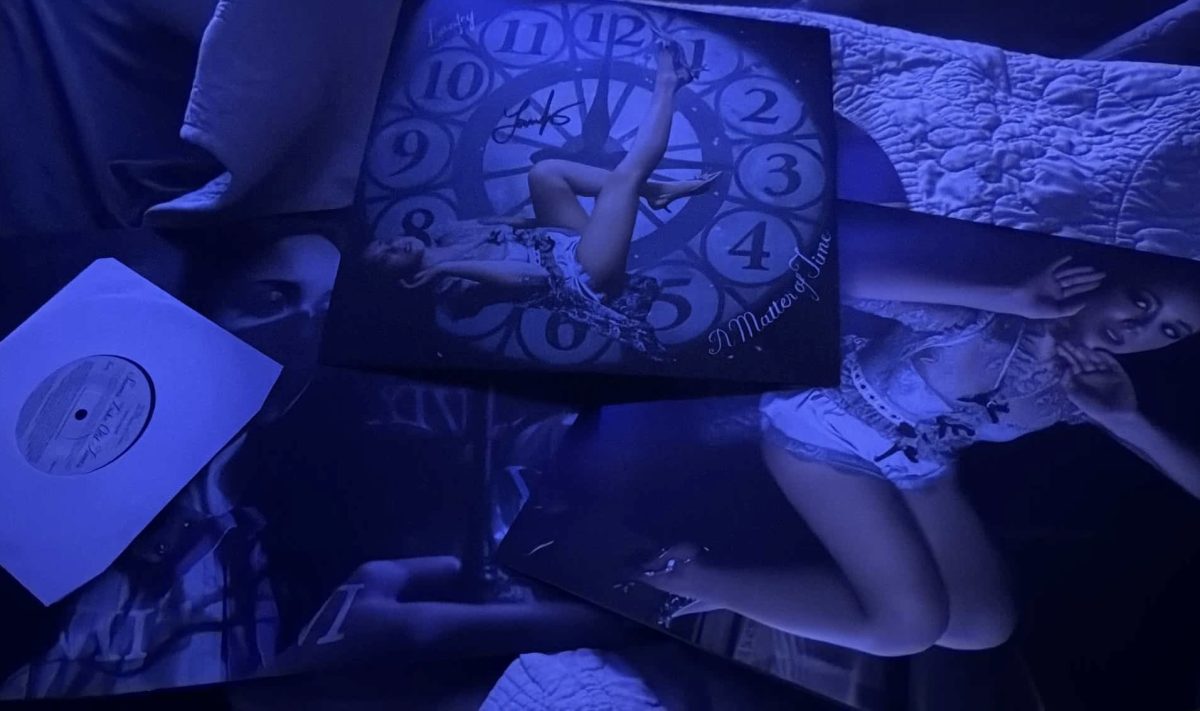John Wick: Chapter 3 – Parabellum should be a lot better than it is. The latest in a popular action series full of coherently shot and beautifully lit action sequences, with a compelling world of international assassins, Chapter 3 picks up on many of the cues that set its predecessors apart from the traditional fare of action films. The film does so much right; however, its brutality, incompleteness and lack of innovation make Chapter 3 the first misstep in what has been a stellar film series up until this point.
Like John Wick: Chapter 2, Chapter 3 opens with a continuation from where the series last left off and features a shot from a Buster Keaton film projected onto a city building. Both feature action sequences set to a remix of Antonio Vivaldi’s “The Four Seasons.” Chapter 2 features a climactic sequence in a hall of mirrors, while Chapter 3 does nearly the same with rooms of glass. While Chapter 3 makes use of the familiar, comparisons can often be very specific.
In its follow-up to Chapter 2, the latest John Wick sees the titular assassin, played by Keanu Reeves, in deep trouble for breaking sacrosanct rules — no “business,” or murder, is to be conducted on the grounds of any of John’s secret society’s establishments, each known as the Continental. John Wick, the first film in the series, showed a woman who broke the rule of the Continental was summarily executed. At the end of Chapter 2, John was given an hour to escape from an order on his life. Chapter 3 opens during that hour.
As John literally runs for his life, one of the first things that becomes clear about Chapter 3 is its brutality. The John Wick series has been rife with scenes of violence with a degree of desensitization — in more than one instance, John pins somebody down with his gun, reloads, then kills them, a moment usually played for laughs — but Chapter 3 goes to a whole new level. Bones crunch, hands are stabbed, dismemberment is seen onscreen and the violence gets amped up to discomforting and unpleasant levels.
Part of how the first film found a place in viewers’ hearts was by the motivation that caused its protagonist to go on a revenge quest: John’s dog was killed. In Chapter 3, Halle Berry joins the series as a manager of a Continental branch who uses attack dogs. Viciously, her Malinois pups leap and tear at chests and limbs, biting attackers and then hanging on for longer than necessary.
It would seem antithetical to the spirit of the John Wick films to call Chapter 3 too violent, but the degree of brutality that the film offers is too much. It’s not that the series is suffering from too much of a good thing, because the action and gore is unpleasant to watch. There are too many moments where a stabbing, shooting, biting, crunching or cracking goes an extra step too far. It’s an excessive movie.
Certainly, there are values to the film, including its neon lighting, Dan Laustsen’s stunning cinematography and its regular moments of humor, but there’s not much that Chapter 3 adds to the series to make it worth seeing over either of the previous John Wick films. Ending on an incomplete note, Chapter 3 promises more to come in the franchise — beyond a forthcoming TV series set in the same universe — but it’s a step in the wrong direction after two excellent entries.








